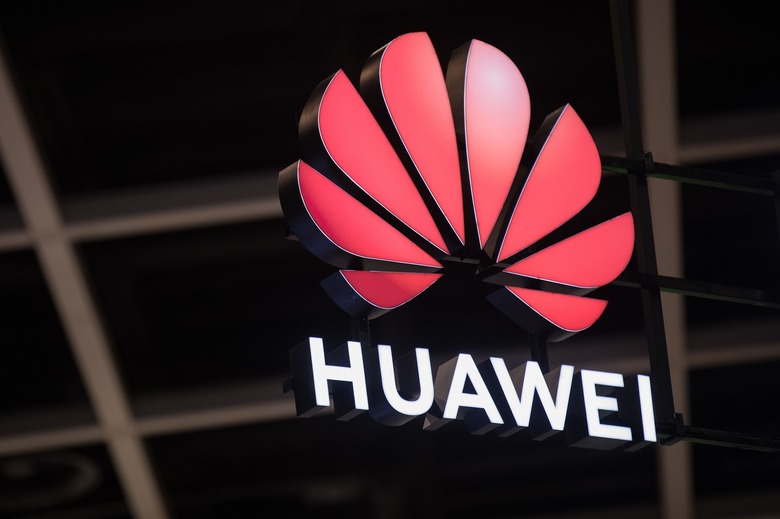Huawei's Next Big Flagship Phone Launches Next Month, And It Might Be Banned From Using Android
Huawei's highly anticipated Mate 30 series will be formally unveiled on September 18 in Munich, though our original expectation that the phones would run Android now seems in danger of not coming to pass.
Both of those facts come from a new Reuters report, which quotes an unnamed source pinpointing September 18 as the date of the Mate 30 unveiling by Huawei, which is now the world's second-largest smartphone maker. Meanwhile, a Google spokesman dropped this bomb to the new service — the existing US ban on sales to Huawei means the Mate 30 can't be sold with a licensed version of Google apps and services.
The Trump administration about a week ago announced a temporary reprieve of implementation of the Huawei ban, but that Google spokesman told Reuters it, unfortunately, doesn't apply to new products like the Mate 30.
If this is indeed the case, it represents another major blow to Huawei, whose 5G-compatible Mate 30 line would be the first major flagship launch since Trump officials levied a ban against the company back in May in part over national security concerns. For its part, Huawei has issued a terse response to this latest news that illustrates the confusion which continues to be status quo as a result of the US stance toward the company:
"Huawei will continue to use the Android OS and ecosystem if the US government allows us to do so," Huawei spokesman Joe Kelly told Reuters. "Otherwise, we will continue to develop our own operating system and ecosystem."
Google hasn't said yet whether it's applied for a license to be able to keep offering its apps and services under the "Google Mobile Services" banner to Huawei. Companies like it can request a license to exempt specific products from the Huawei ban, something that's resulted in more than 130 applications to the US Commerce Dept. so far.
If Google's position is that it can't provide a licensed version of Android for use in the Mate 30, that leaves Huawei with a couple of options. It could use an open-source version of Google's mobile OS, but Google apps require a paid license. If it's shut out from using Android, Huawei could also fall back on its proprietary HarmonyOS the company built for precisely this occasion.
However, that move is fraught with risk. In the words of independent analyst Richard Windsor to Reuters: "Without Google services, no one will buy this device."
